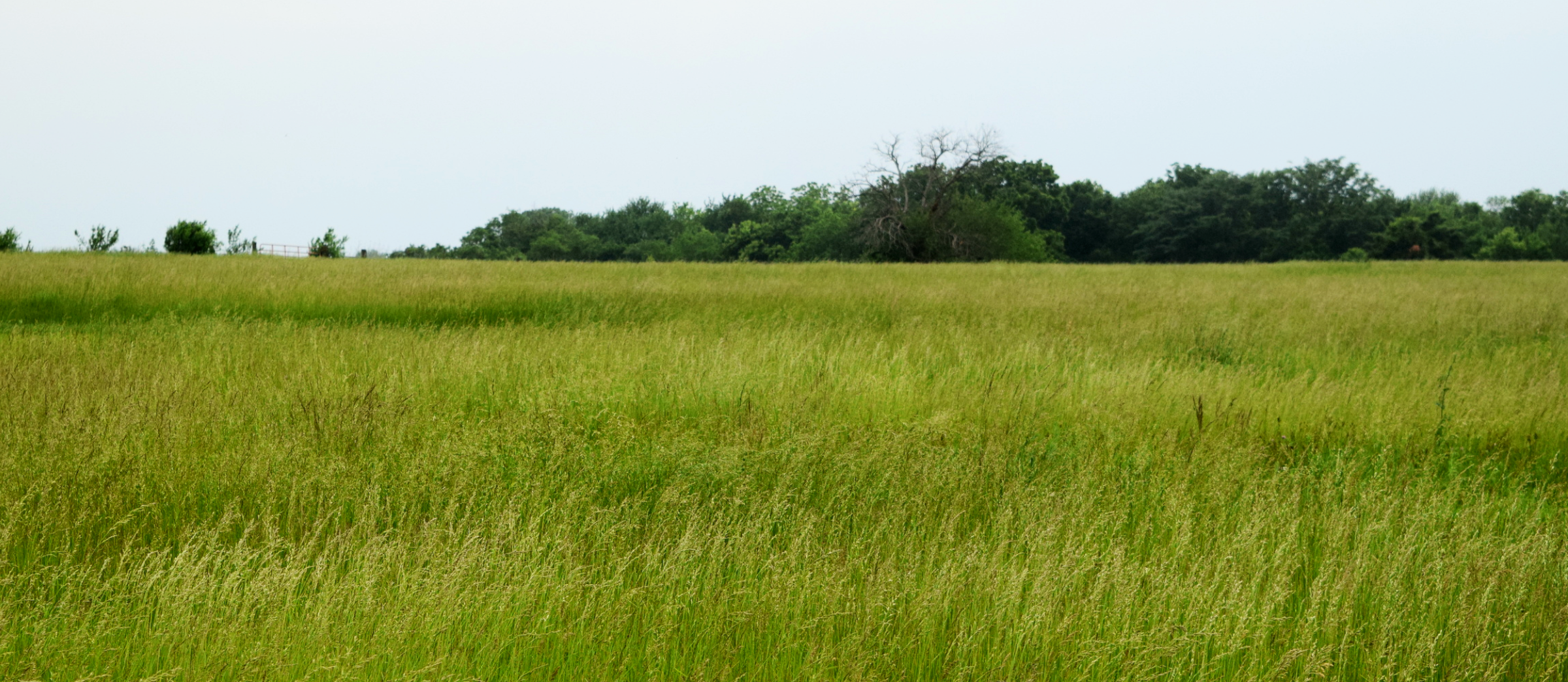Profitability of Nitrogen Applications for Stockpiling Tall Fescue Pastures – 2015 Guide
Profitability of Nitrogen Applications for Stockpiling Tall Fescue Pastures – 2015 Guide
Published on July 30, 2015

The winter of 2014-2015 will be remembered for a long time by cattle producers. Multiple large snow storms and several rounds of extremely low temperatures created management challenges and led to increased hay feeding over the winter. The wisest Kentucky cattle farmers left for warmer climates during these weather events and let their partners deal with snow-covered roads, waist-high drifts, frozen ball waterers, and other cold-weather challenges. USDA’s May 1 Hay Stocks estimate showed a 13% decrease in Kentucky hay stocks from 2014 to 2015. Rainfall was more than plentiful this spring and summer which has resulted in good hay production. However, scarce harvesting windows will likely result in lower-quality hay.
The combination of tighter hay supplies coming into this growing season and questions about hay quality may lead to increase interest in stockpiling fescue. Applying Nitrogen to pastures in late summer provides an opportunity to increase forage production and decrease hay feeding days for the upcoming winter. Due to the unusually wet summer, soil moisture conditions are good across most of Kentucky, which typically makes fall fertilization more attractive.
The primary cost associated with fall fertilization of pastures, the cost of the nitrogen itself, is a little cheaper than last year. Ammonium nitrate is becoming difficult to purchase and could not be priced. Urea treated with urease inhibitors is ranging from $525-575/ton ($.57-.63/unit) in Central Kentucky. The ultimate decision that must be made is whether the value of the additional grazing days added through fertilization exceeds the cost. Since soil moisture conditions are usually variable throughout the state, multiple response rates are used in this analysis to simulate different soil moisture conditions for your location. The primary objective of this publication is to help farmers identify those situations where applying nitrogen to late summer pastures will be profitable in 2015.
There are two main sections in this publication: 1) “Agronomic Basics for Stockpiling Fescue”, and 2) “Potential Savings from Applying Nitrogen to Tall Fescue Pastures”. The first section provides the basics for applying nitrogen to late summer pastures and how to stockpile this forage for fall and winter grazing. The second section describes the methods used in the profitability analysis, discusses important assumptions, and provides a summary of the profitability for stockpiling tall fescue pastures given various scenarios.
Author(s) Contact Information:
